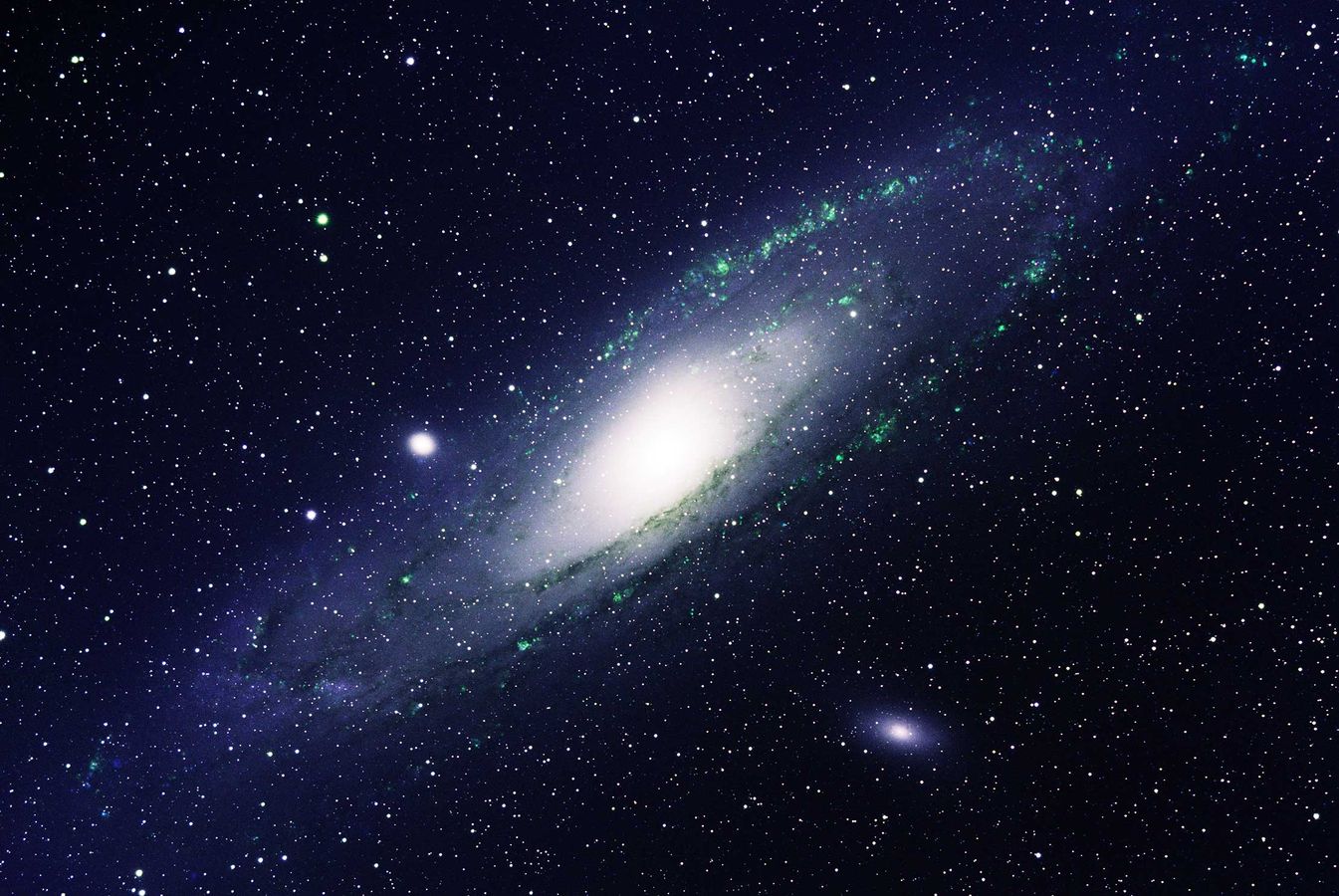
‘263 galaxies, one twist’: The universe might be spinning in one direction
Produced by: Manoj Kumar


Cosmic Twist
Out of 263 galaxies studied by JWST, two-thirds rotate clockwise—an unexpected imbalance that hints at something deeper in the cosmos.

Black Hole Birth
If the universe was born spinning, it may support the wild theory that we’re inside a rotating black hole—reshaping everything we know about space.

Infrared Eyes
The James Webb Telescope sees what was once invisible—unveiling star births, planet atmospheres, and galaxy behavior billions of years old.

Rotational Riddle
Galaxy spins are supposed to be random—but Shamir’s findings show a clear preference. It’s not just math—it’s visible to the naked eye.

Inside Out
The “black hole cosmology” theory claims our universe isn’t outside a black hole—it is one, born from a collapsing, spinning parent universe.

Backed by Physics
The theory gets a boost from physicist Nikodem Poplawski, who believes a rotating black hole explains the one-directional galaxy spin.

Doppler Clue
Shamir suggests our own galaxy’s motion might make some galaxies look brighter due to the Doppler Shift—warping how we see the universe spin.

Age Mystery
Some galaxies appear older than the universe itself. A recalibration of cosmic distances might finally explain this mind-bending paradox.

Challenging Constants
If proven, this could rewrite core principles of cosmology—suggesting our models of the universe’s origin, age, and structure are incomplete.